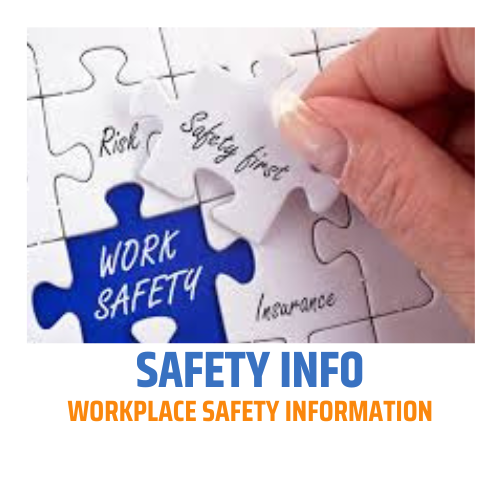What are the 5 Stages of Heat Stress?
Heat stress can progress through various stages if left
unaddressed. While there are different ways to categorize these stages, here
are five commonly recognized stages of heat stress:
- Heat Rash: Heat rash, also known as prickly heat, is the mildest stage of heat stress. It typically occurs when sweat ducts become blocked, leading to skin irritation and a rash. Symptoms include small, red bumps, itching, and a prickling or stinging sensation on the skin. Heat rash is not a severe condition and can be relieved by moving to a cooler environment and keeping the affected area clean and dry.
- Heat Cramps: Heat cramps occur as a result of electrolyte imbalances in the body due to excessive sweating and inadequate replacement of fluids and electrolytes. Muscles may spasm or cramp, usually in the arms, legs, or abdomen. Heat cramps can be quite painful but are generally not life-threatening. Resting in a cool place, drinking fluids, and gently stretching and massaging the affected muscles can help alleviate the cramps.
- Heat Exhaustion: Heat exhaustion is a more severe stage of heat stress. It happens when the body becomes dehydrated and is unable to regulate its temperature effectively. Symptoms include profuse sweating, weakness, dizziness, headache, nausea or vomiting, rapid heartbeat, and cool, clammy skin. If left untreated, heat exhaustion can progress to heat stroke. If someone is experiencing heat exhaustion, they should immediately move to a cool place, rest, drink fluids, and seek medical attention if symptoms worsen or persist.
- Heat Syncope: Heat syncope, or heat collapse, is characterized by fainting or lightheadedness due to decreased blood flow to the brain. It often occurs after prolonged standing or sudden changes in body position in a hot environment. Heat syncope is typically temporary and can be alleviated by resting in a cool area, lying down, and rehydrating.
- Heat Stroke: Heat stroke is the most severe and life-threatening stage of heat stress. It occurs when the body's core temperature rises to a dangerous level, usually above 104°F (40°C). Heat stroke can damage vital organs and may lead to organ failure, brain damage, or even death if not treated promptly. Symptoms include a high body temperature, altered mental state or confusion, seizures, rapid breathing, racing heartbeat, flushed skin, lack of sweating, and unconsciousness. Heat stroke is a medical emergency, and immediate medical attention is crucial. While waiting for help, move the affected person to a cool place, remove excess clothing, and apply cool water or ice packs to help lower their body temperature.
It's important to note that these stages may not always
occur sequentially, and individuals can experience varying degrees of heat
stress depending on factors such as their health, environment, and duration of
heat exposure. Early recognition and intervention are key in preventing the
progression of heat stress to more severe stages.







0 Comments